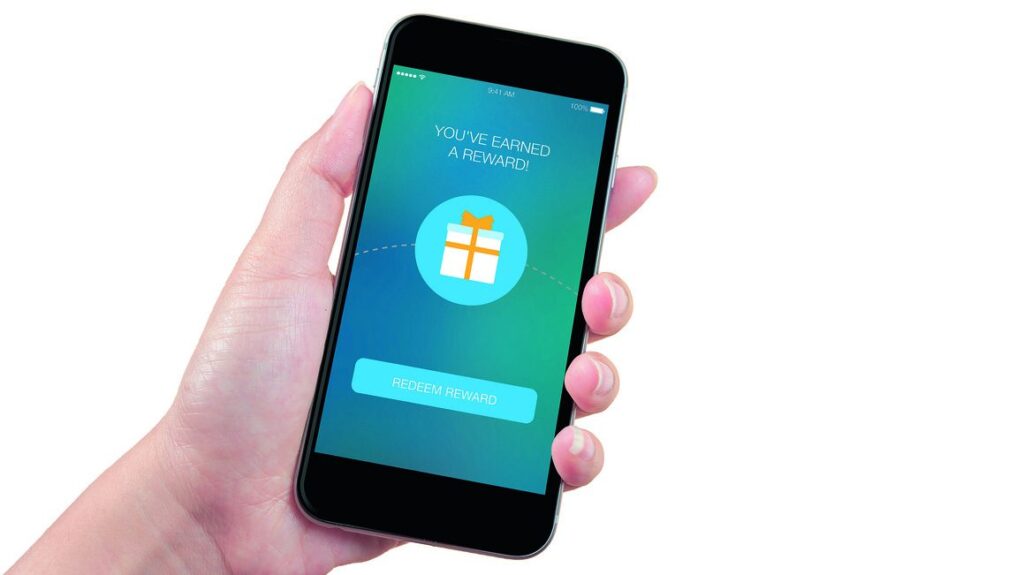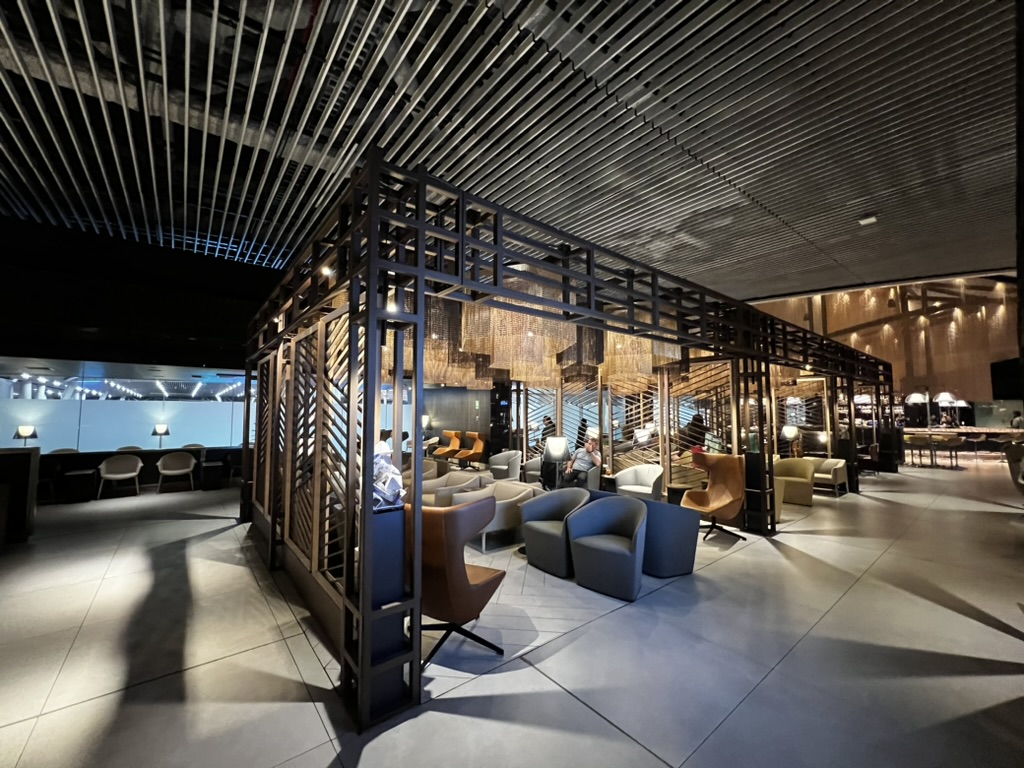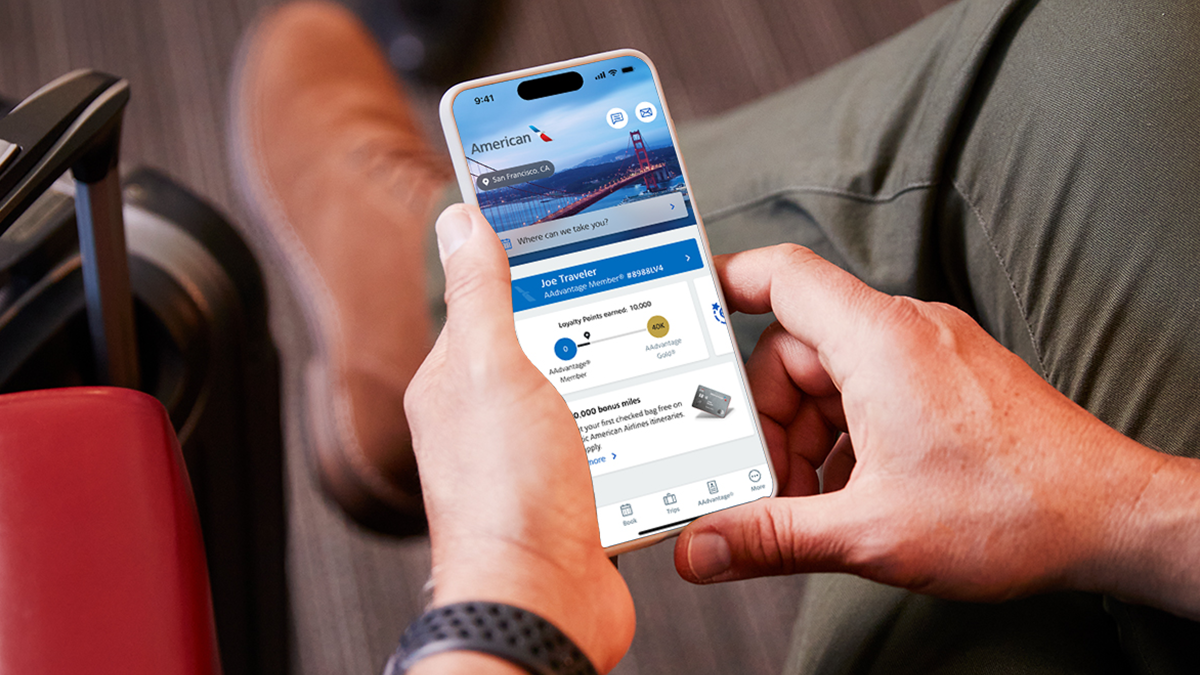Are Travel Perks the Key to Customer Loyalty? New Research Says Yes
Exploring the connection between travel benefits and customer loyalty
February 19, 2025

Photo: Courtesy of Getty Images / Ernest Yang
Airport lounge access is a powerful reward
Customers are increasingly swayed by travel reward benefits. According to research by Priority Pass, 84 percent of consumers rate travel perks as, or more, important than the reputation of the bank or card issuer when it comes to choosing a credit card.
Airport lounge access is consistently voted as the second most important reward (after cashback opportunities), with 80 percent of global customers saying they would consider changing their cards if airport lounge access was removed.
There are some differences between global markets. The persuasive power of lounge access holds strongest in the Asia-Pacific region, where 94 percent of consumers would be willing to switch cards if lounge access was removed, while in the more mature EMEA market, lounge access is often expected as a standard benefit. Meanwhile, airport lounge access is a valuable reward in the US, and 78 percent of customers are willing to pay for a new credit card that offers this benefit.

Photo: Courtesy of Getty Images / Stationidea
As the loyalty landscape matures, lounge access will likely also start to come with additional perks – with the option to bring a guest and guaranteed access starting to emerge as benefit expectations. In the US, 69 percent would already be willing to pay extra for pre-booking lounge access.
Other travel benefits rated in the top ten include travel insurance, airport transfers, express airport security lanes, plus shopping and dining discounts. Discounted airport parking and car hire were also seen as important benefits.
“Our research shows the continued importance of travel rewards to keep customers engaged, spending, and loyal to their payment card provider. To remain competitive and build loyalty, we partner with our clients to evolve these benefits to meet the changing needs of customers. We do this through a combination of investments, collaboration, and innovation,” said Chris Ross, President Loyalty and Chief Brand Officer – Priority Pass.
SOURCES: Priority Pass Global Brand Research 2024; The Value of Travel Benefits on Cardholder Behaviour 2024

Photo: Courtesy of Getty Images / izusek
Give the people what they want
Chris Ross, President Loyalty and Chief Brand Officer – Priority Pass, discusses customer loyalty behaviours.
How has the loyalty landscape evolved?
Loyalty is becoming more automated and personalized. Loyalty programs are also more interconnected, with loyalty currencies becoming tradeable.
How important are travel benefits?
Travel benefits (anything that makes travel smoother, more comfortable, or more special) are one of the most aspirational rewards. Analysis of payment card data shows that the more people use travel benefits on their payment card, the more they use their card. The popularity of the airport lounge program Priority Pass as a key travel benefit for credit card propositions underlines this.
What are the biggest turn-offs for customers when it comes to loyalty programs and rewards?
As with all relationships: unfulfilled promises and breaches of trust (especially around data use and protection). Devaluing loyalty rewards is seen as a failure to uphold a contract with members and represents a key frustration. The barriers to disengagement are lower than ever, while expectations are constantly rising and competition is fierce. Members will no longer tolerate programs that fail to remember their previous interactions or anticipate individual needs. This makes every member interaction both a valuable opportunity and a threat.
What is “reward fatigue”?
Reward fatigue denotes decreasing engagement from members. It mainly points to a reduction in the value of rewards, making it more difficult for members to reach a material rewards level.
Developing strong partnerships allows loyalty programs to broaden reward relevance and keep the proposition fresh.
Are we seeing generational differences?
Surprisingly, there is little attitudinal difference in customers’ expectations of loyalty. But there is a difference in tolerance level: Gen Z (and beyond) are far quicker to defect from a brand than Boomers, and have higher demands on the customer experience and (digital) interface quality. Conversely, Gen Z is more likely to join a new program. Therefore, the cost to acquire Gen Z as members is lower, but their tenure is expected to be shorter.
What are the pet peeves for customers?
Customers are no longer putting up with poor returns on their loyal custom
- 25 percent have noticed reward value being diluted over time
- 20 percent are frustrated by a lack of redemption options
- 15 percent resent a lack of personalization, which means they receive irrelevant and poorly targeted offers
- 33 percent are happy and content with their loyalty program
- 6 percent of customers belong to more than six schemes. Those belonging to multiple schemes are more likely to have concerns.
- The top 3 changes consumers would make are to increase reward value, have more experiential and partner benefit options, and have more ‘surprise and delight’ perks.
SOURCE: Figures come from Collinson’s UK Loyalty Landscape Research
Did you know?
Loyalty programs are valuable assets in themselves. In the travel sector, airlines had used the valuation of their loyalty programs as loan collateral – a trend that accelerated during COVID-19 when fare income dried up.
Top tips to maximize your travel perks
- Have the right set of credit cards in your wallet to maximize the rewards you seek based on your travel and expenditure patterns. But beware of over-coverage – don’t split your loyalty currency earnings across too many cards, or you will dilute the benefits you receive.
- Focus on travel brands with a rich earning and redemption partner network.
- Consider paid-for engagement programs from airports, airlines, and hotel groups – often, the ‘break-even’ point for such programs is quite low, as they intend to generate loyalty and additional spending.





